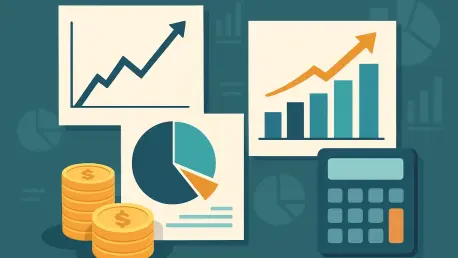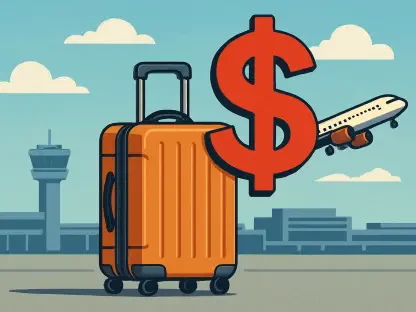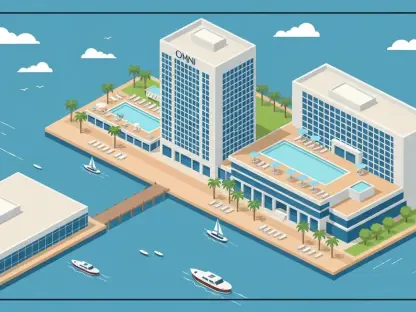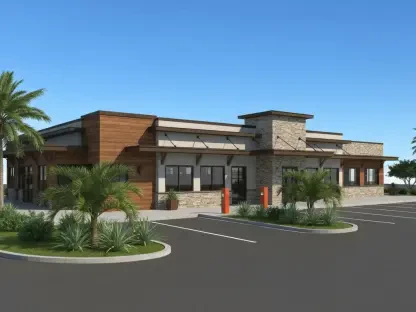Allow me to introduce Katarina Railko, a seasoned expert in hospitality with a deep background in travel and tourism. Her expertise extends into entertainment and events, where she has become a prominent voice, particularly in expos and conferences. Today, we’re diving into the world of financial planning in hospitality, focusing on the innovative concept of forecast snapshots. Our conversation explores how these snapshots provide clarity in a fast-paced industry, their strategic value, best practices for implementation, the role of technology in streamlining the process, and the challenges and future potential of this approach.
How would you describe a forecast snapshot to someone new to financial planning in hospitality?
A forecast snapshot is essentially a frozen picture of your financial forecast at a specific moment in time. Unlike rolling forecasts that keep updating, a snapshot captures the data, assumptions, and projections exactly as they were on a given date. Think of it as a financial timestamp that lets you look back and see what you expected at that point, which is incredibly useful for tracking changes and understanding how your plans evolve in an industry as dynamic as hospitality.
What makes capturing these specific moments so critical for financial planning in this field?
Hospitality is all about rapid change—whether it’s seasonal shifts, sudden market trends, or unexpected events like a major conference or economic dip. Capturing a specific moment with a snapshot lets you anchor your financial outlook to a point in time. This helps you later analyze why things changed, what worked or didn’t, and how accurate your predictions were. It’s like having a reference point on a map; without it, you’d struggle to understand your journey or adjust your course effectively.
Can you share how forecast snapshots help in reflecting on past performance?
Absolutely. Snapshots act as historical benchmarks. By comparing them to actual results, you can spot patterns in your forecasting accuracy. For instance, if you consistently overestimate revenue during a particular season, a snapshot from that time can reveal flawed assumptions or missed factors. This reflection helps refine future forecasts, turning past mistakes or successes into learning opportunities for better planning.
In what ways do these snapshots foster accountability within a hospitality organization?
Snapshots create a clear record of what was expected at each stage of planning. They show who made certain decisions and what the anticipated outcomes were. This transparency means leadership and teams can’t easily dodge responsibility for choices made—it’s all documented. It builds trust among stakeholders because everyone can see the thought process behind financial plans, encouraging a culture where people stand by their projections and decisions.
How do snapshots help teams track and understand shifts in financial expectations over time?
They’re like stepping stones that show the progression of your forecasts. When you line up snapshots from different dates, you can pinpoint exactly when and why expectations shifted. For example, if a forecast changes dramatically after a major event gets canceled, the snapshot from before and after will highlight that impact. It’s a way to dissect the ‘why’ behind changes, making it easier for teams to adapt and plan for similar scenarios in the future.
Can you walk us through a real-world example where a snapshot revealed the impact of a specific event on financial planning?
Sure, imagine a hotel expecting a big revenue spike from a city-wide convention. A snapshot taken a month before captures that optimistic forecast. Then, the event gets postponed due to unforeseen circumstances, and revenue projections tank. A second snapshot after this news clearly shows the drop. Comparing the two, management can quantify the exact financial hit from the cancellation, isolate its effect from other factors, and use that insight to build contingency plans for future event-driven forecasts.
How do forecast snapshots support strategic decisions in a hospitality business?
They provide a library of data points for scenario analysis. With snapshots, you can test how past decisions played out or simulate the potential impact of new strategies. For instance, if you’re considering a rate increase, you can look at snapshots from similar past moves to see how they affected occupancy or revenue. This historical context boosts confidence in decision-making, ensuring choices are grounded in data rather than just gut feelings.
What role does technology play in making forecast snapshots manageable and effective?
Technology is a game-changer here. Modern platforms can automate the capture and storage of snapshots, eliminating manual errors and saving time. Tools like integrated financial systems link snapshots to real-time data, ensuring accuracy and easy access. This means finance teams can focus on analyzing trends and strategizing rather than wrestling with spreadsheets. It transforms snapshots from a chore into a powerful strategic asset.
What are some common hurdles hospitality businesses face when adopting forecast snapshots, and how can they be addressed?
One big challenge is resistance to change—teams might be used to traditional forecasting and view snapshots as extra work. There’s also the issue of data consistency if systems aren’t integrated. To tackle this, education is key. Show staff how snapshots save time and improve decisions in the long run. Start small, maybe with monthly snapshots, to build familiarity. Also, invest in integrated tech solutions to streamline data collection, making the process seamless and less intimidating for everyone involved.
Looking ahead, how do you see the use of forecast snapshots evolving in the hospitality industry?
I think forecast snapshots will become even more integral as data analytics and automation advance. We’re likely to see tighter integration with AI-driven tools that not only capture snapshots but also predict trends based on them, offering real-time insights. As hospitality continues to face volatility—think climate impacts or geopolitical shifts—snapshots will evolve into more granular, event-specific tools, helping businesses react faster and smarter. My forecast is that they’ll be a cornerstone of agile financial planning in the years ahead.









